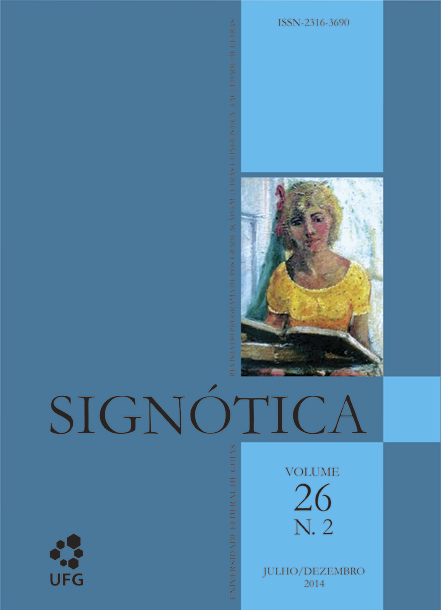Person as a tool for voice: the case of Sikuani and Katukina-Kanamari
DOI:
https://doi.org/10.5216/sig.v26i2.30592Keywords:
gramatical relations, voice, ergativity, Sikuani, Katukina- Kanamari.Abstract
The paper examines voice phenomena in two languages spoken in tropical South America, Sikuani and Katukina-Kanamari. Since the two languages display opposite alignment properties – the first being nominative-accusative, the second absolutive-ergative –, they naturally have a passive and an antipassive respectively. A comparison between these systems is interesting because in spite of their highly symetric patterns, in both voice changes are primarily built on the same – and typological common – morphological tool,namely saturating the position of the argument expressing the agent in the transitive verb word with a non-referential affix.
Downloads
Download data is not yet available.
Downloads
Published
2014-12-22
How to Cite
QUEIXALÓS, Francesc. Person as a tool for voice: the case of Sikuani and Katukina-Kanamari. Signótica, Goiânia, v. 26, n. 2, p. 353–378, 2014. DOI: 10.5216/sig.v26i2.30592. Disponível em: https://revistas.ufg.br/sig/article/view/30592. Acesso em: 15 dec. 2025.
Issue
Section
Seção Temática
License
Author (s) authorize Signótica to publish an article, if accepted, signing its contribution as original and not submitted to another publisher for publication. In case of acceptance and publication, Signótica's articles are Creative Comons BY-NC-ND (Attribution + Non-Commercial + Non-Derivatives)





1.png)





